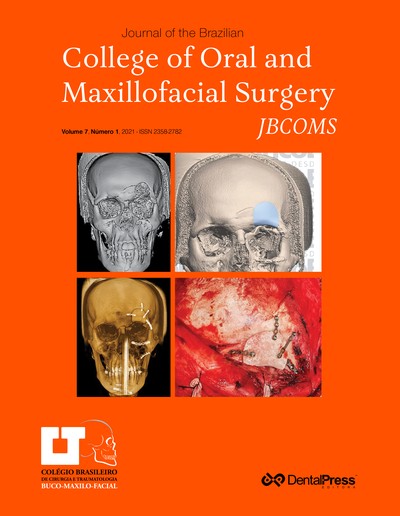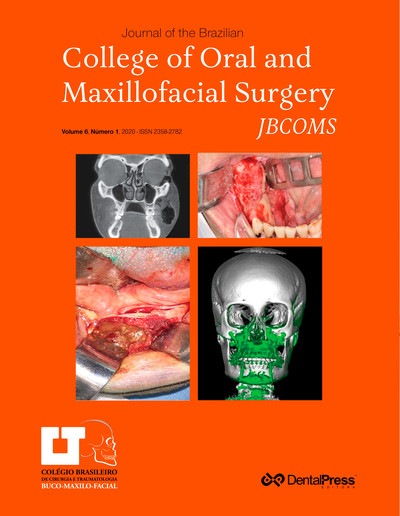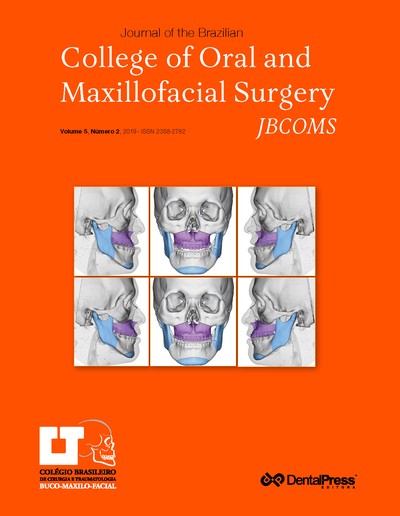
Endonasal removal of dental implant
Gleysson Matias de Assis, Haroldo Abuana Osório Junior, George de Carvalho Rego, Wagner Ranier Maciel Dantas, André Luiz Marinho Falcão Gondim
Introduction: Displacement of implants into the maxillary sinus has been attributed to the low density and bone volume in the region, pneumatization, incorrect distribution of occlusal forces, failures in bone preparation, or alteration in nasal and intrasinusal pressure. The sinusal access can be performed intraorally or through the nasal cavity using nasofibroscope. The chosen approach depends mainly on the location — verified by means of imaging exams — and size of the foreign body. The ciliary beat frequency are responsible for the migration of foreign bodies within the sinus cavity. Case report: patient underwent endonasal removal of dental implant, assisted by nasofibroscopy. This procedure allowed removal of the foreign body which was located at the ostium of the sinus drainage. Discussion: migration of foreign bodies due to ciliary beating was responsible for the location of the implant in meatalostium. This was verified by computer tomography, which led us to choose the endonasal approach. Conclusions: displacement of implants to the maxillary sinus is a complication that must be addressed as early as possible. Imaging test can help in surgical implant removal decisions.
Keywords: Dental implantation. Maxillary sinus. Postoperative complications.
How to cite: Assis GM, Osório Junior HA, Rego GC, Dantas WRM, Gondim ALMF. Remoção de implante dentário por via endonasal. J Braz Coll Oral Maxillofac Surg. 2016 set- -dez;2(3):58-61. DOI: http://dx.doi.org/10.14436/2358-2782.2.3.058-061.oar
Monday, April 29, 2024 09:36










